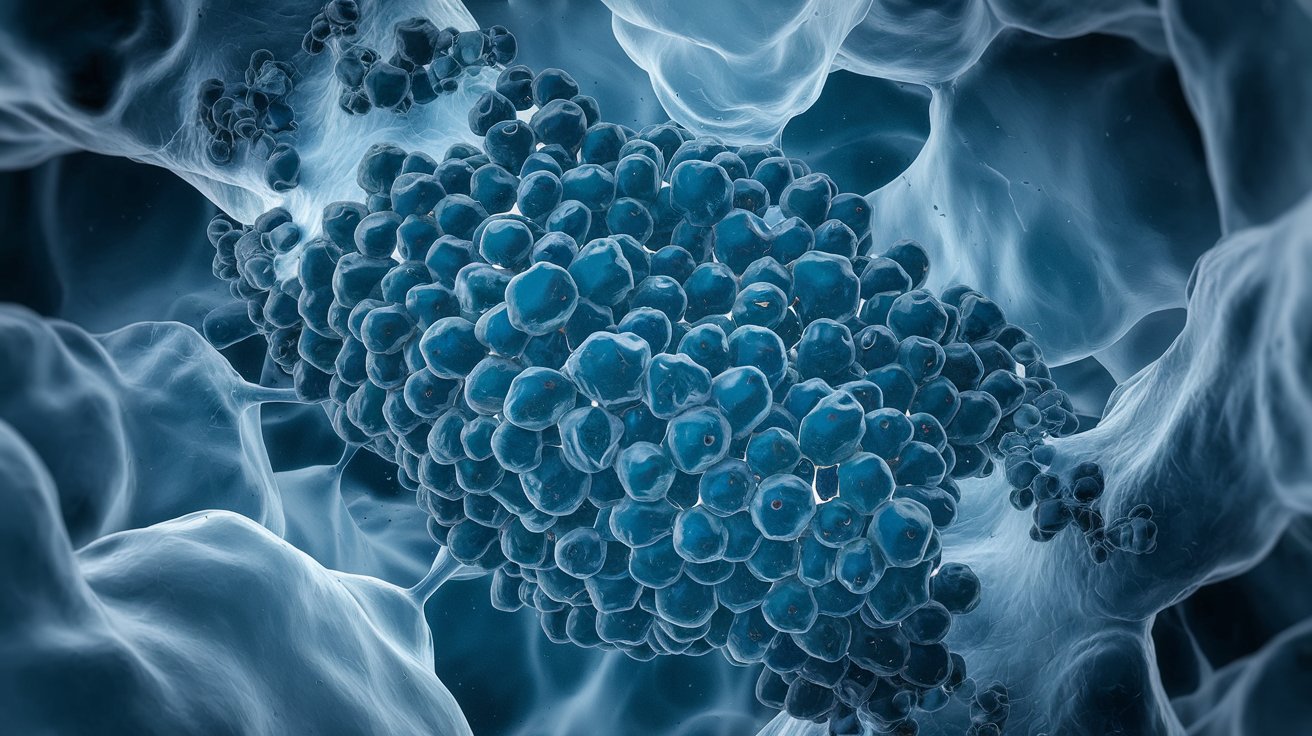
Robin Sequence and Oligodactyly might sound like complex medical terms, but they refer to conditions that affect many people worldwide. Robin Sequence involves a series of developmental issues starting with a small lower jaw, leading to breathing and feeding difficulties. Oligodactyly, on the other hand, means having fewer than five fingers or toes on one hand or foot. These conditions can occur together or separately, impacting daily life in unique ways. Understanding these conditions can help in recognizing symptoms early and seeking appropriate medical care. Let's dive into 30 intriguing facts about these conditions, shedding light on their causes, symptoms, and treatments.
Key Takeaways:
- Robin Sequence is a rare condition named after Pierre Robin, causing a small lower jaw, tongue falling back, and breathing difficulties. Treatment involves surgery and a team of specialists for care.
- Oligodactyly is a rare condition where a person has fewer than five fingers or toes. It can affect hand or foot function and may require reconstructive surgery for improvement.
What is Robin Sequence?
Robin Sequence, also known as Pierre Robin Sequence, is a congenital condition characterized by a combination of anomalies. These anomalies often include a smaller-than-normal lower jaw, a tongue that falls back in the throat, and difficulty breathing.
- Named after Pierre Robin: The condition is named after the French stomatologist Pierre Robin, who first described it in 1923.
- Micrognathia: One of the primary features is micrognathia, which means a small lower jaw.
- Glossoptosis: This refers to the tongue falling back into the throat, which can cause breathing difficulties.
- Cleft Palate: Many individuals with Robin Sequence also have a cleft palate, an opening in the roof of the mouth.
- Genetic Factors: Genetic mutations can contribute to the development of Robin Sequence, though the exact cause is often unknown.
- Incidence Rate: It occurs in approximately 1 in 8,500 to 14,000 births.
- Feeding Challenges: Babies with Robin Sequence often have difficulty feeding due to their oral anomalies.
- Breathing Issues: The condition can lead to obstructive sleep apnea and other respiratory problems.
- Surgical Interventions: Surgery may be required to correct the jaw and palate issues.
- Multidisciplinary Care: Treatment often involves a team of specialists, including surgeons, orthodontists, and speech therapists.
Understanding Oligodactyly
Oligodactyly is a condition where a person has fewer than five fingers or toes on one or more of their hands or feet. This rare condition can be congenital or result from trauma.
- Derived from Greek: The term comes from Greek words "oligos" meaning few and "daktylos" meaning fingers.
- Congenital Condition: Most cases are present at birth due to genetic factors.
- Syndromic Associations: Oligodactyly can be part of syndromes like Poland Syndrome or Apert Syndrome.
- Genetic Mutations: Specific gene mutations can lead to the development of oligodactyly.
- Incidence Rate: It is a rare condition, affecting approximately 1 in 10,000 to 20,000 births.
- Functional Impact: The condition can affect hand or foot function, depending on the number and placement of digits.
- Surgical Options: Reconstructive surgery can improve functionality and appearance.
- Prosthetics: Some individuals may use prosthetic devices to aid in daily activities.
- Adaptive Techniques: People with oligodactyly often develop unique ways to perform tasks.
- Psychosocial Impact: The condition can affect self-esteem and social interactions, especially during childhood.
Connection Between Robin Sequence and Oligodactyly
While Robin Sequence and oligodactyly are distinct conditions, they can sometimes occur together due to underlying genetic syndromes or mutations.
- Genetic Syndromes: Certain genetic syndromes, like Stickler Syndrome, can include both Robin Sequence and oligodactyly.
- Chromosomal Abnormalities: Abnormalities in chromosomes can lead to the co-occurrence of these conditions.
- Developmental Pathways: Both conditions can result from disruptions in early embryonic development.
- Clinical Management: Managing both conditions requires a comprehensive approach involving multiple specialists.
- Early Diagnosis: Prenatal imaging and genetic testing can help diagnose these conditions early.
- Family History: A family history of congenital anomalies can increase the risk of having a child with both conditions.
- Research Advances: Ongoing research aims to better understand the genetic and developmental mechanisms behind these conditions.
- Support Networks: Families affected by these conditions can benefit from support groups and resources.
- Quality of Life: With appropriate medical care and support, individuals with these conditions can lead fulfilling lives.
- Awareness and Advocacy: Raising awareness about these conditions can help improve diagnosis, treatment, and support for affected individuals and their families.
Final Thoughts on Robin Sequence and Oligodactyly
Robin Sequence and Oligodactyly are rare conditions, but understanding them can make a big difference. Robin Sequence involves a set of abnormalities that affect the mouth, jaw, and airway, making early diagnosis crucial for effective treatment. Oligodactyly, characterized by fewer than five fingers or toes, can vary in severity and impact daily life. Both conditions require specialized medical care and support from healthcare professionals.
Awareness and education about these conditions can lead to better outcomes for those affected. By sharing knowledge, we can foster a more inclusive and supportive environment for individuals with Robin Sequence and Oligodactyly. Remember, every bit of information helps in creating a world where everyone gets the care and understanding they need.
Frequently Asked Questions
Was this page helpful?
Our commitment to delivering trustworthy and engaging content is at the heart of what we do. Each fact on our site is contributed by real users like you, bringing a wealth of diverse insights and information. To ensure the highest standards of accuracy and reliability, our dedicated editors meticulously review each submission. This process guarantees that the facts we share are not only fascinating but also credible. Trust in our commitment to quality and authenticity as you explore and learn with us.
